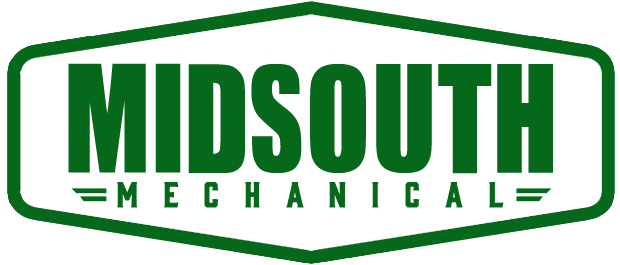Keeping your project on schedule can be a time-consuming process. There are many ways to manage this process and all companies go about it in a different way. Each of the methods below have different options that work better for different companies. These techniques are all used to produce a construction schedule that is the best fit for the job.
- Bar Charts
Bar charts are the easiest form of scheduling in construction management. A typical bar chart schedule is shown as a list of activities with the start, end, and duration of each activity on a time scale. Depending on the stage of the project, and who is looking at each chart, some are more detailed than others. Often bar charts are linked together to show preceding activities so that it is clear what needs to be completed before each activity can start. Many times, these bar charts are used to determine the amount of materials required for each project. A resource aggregation is shown in a total vertically on the bar chart, so that you know how much material you need and when you need it. - Line of Balance
The line of balance technique is usually used for work that is repeated multiple times, like housing. LOB differs from a bar chart by showing the rate at which the work needs to be done to stay on schedule and the relationships between processes. Line of balance allows management to get a clear understanding of when activities needed to be started, size of workforce, and allocation of resources to optimize the scheduling of each activity. A line of balance schedule is easy to update and change as activities are completed or delayed. - Q Scheduling
Q scheduling can be interpreted two ways, Quantitative Scheduling and Queue Scheduling. Quantitative scheduling refers to the way it shows that the quantities that will be executed at a different location of the project will form the elements of a schedule. Queue scheduling refers to the way different elements of the project will be going through activities in a queue sequence so that at each location there is only one element being worked on. This method is derived from the line of balance technique but is modified to allow nonrepetitive projects to be scheduled with ease. - Critical Path method
This is the most widely used form of construction scheduling. The critical path method involves finding the set or sequence of activities that will take the longest to complete. The critical path is the longest path through the network of activities in a project. The duration of the critical path will show the minimum time it will take to complete a project. The critical path method assumes all projects are split into activities with set predecessors and durations. When you line up all of the predecessors and activities that follow end to end you have the critical path. Sometimes there are certain restraints on a project that are not necessarily an activity so it will be built into the critical process as an activity but will not take any time. An example of a resource restraint would be if you need a specific crane at two points during a job for two different activities, one activity will be set as a predecessor for the other activity so that the two cannot be scheduled at the same time leaving the crane available for both jobs.
Midsouth Mechanical has been doing business for over 25 years. We offer our industrial clients efficient and cost-effective fabrication, modification, and repair of industrial equipment. From preventive plant maintenance, designing, installing and aligning machines, our exceptional skill and craftsmanship set us apart from the competition. Our number one priority day to day is safety. To see our published weekly Toolbox Talks, follow us on LinkedIn, Twitter, or Facebook.


